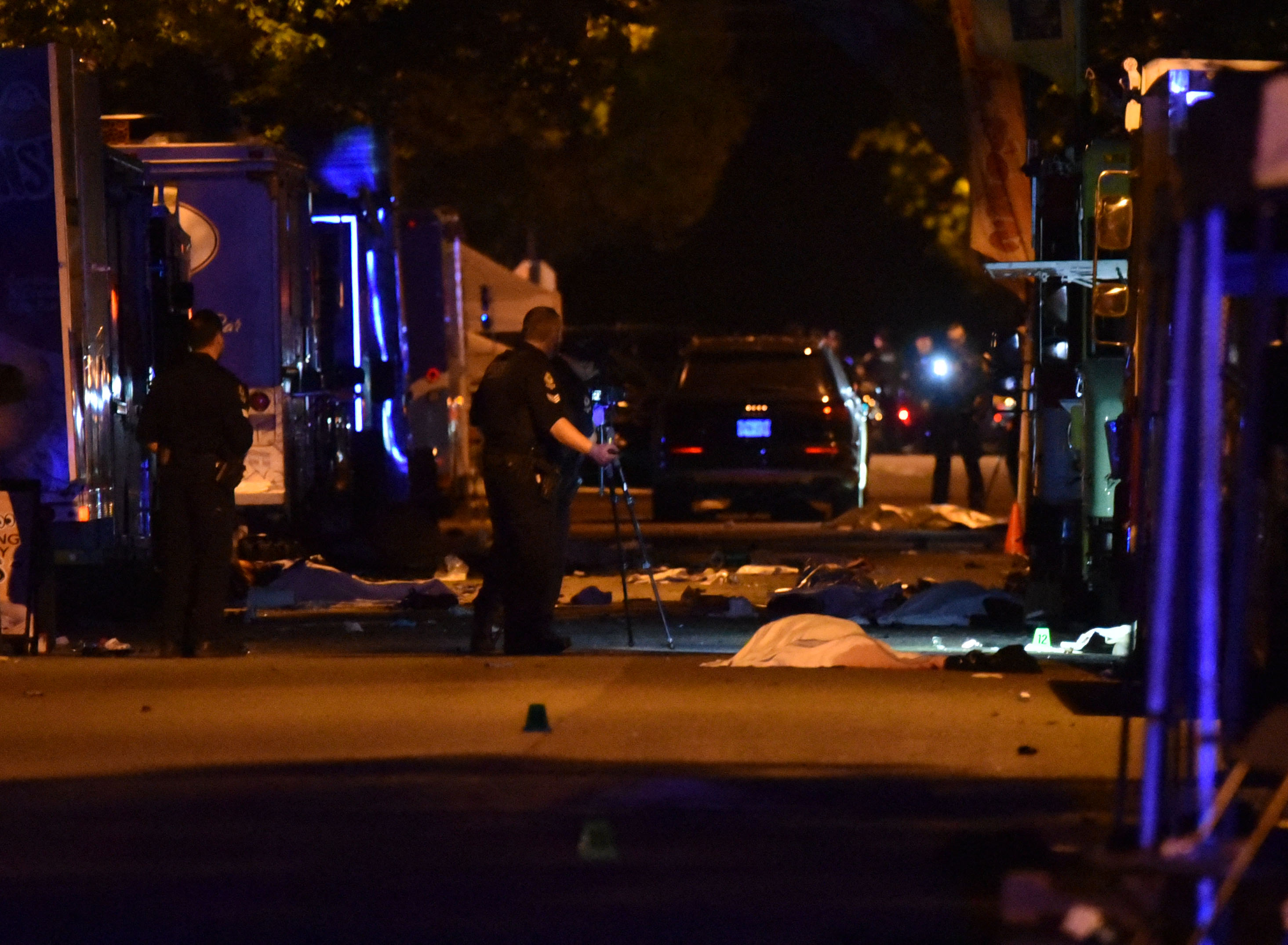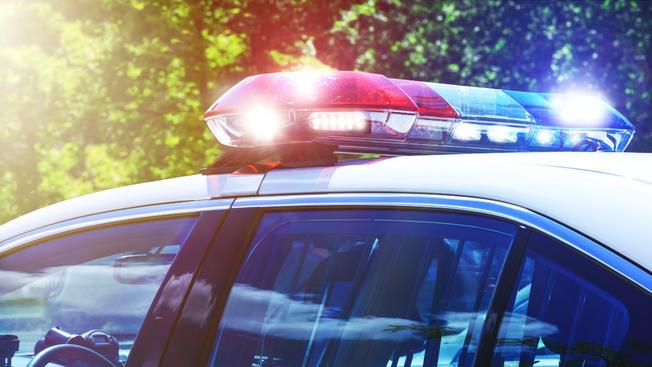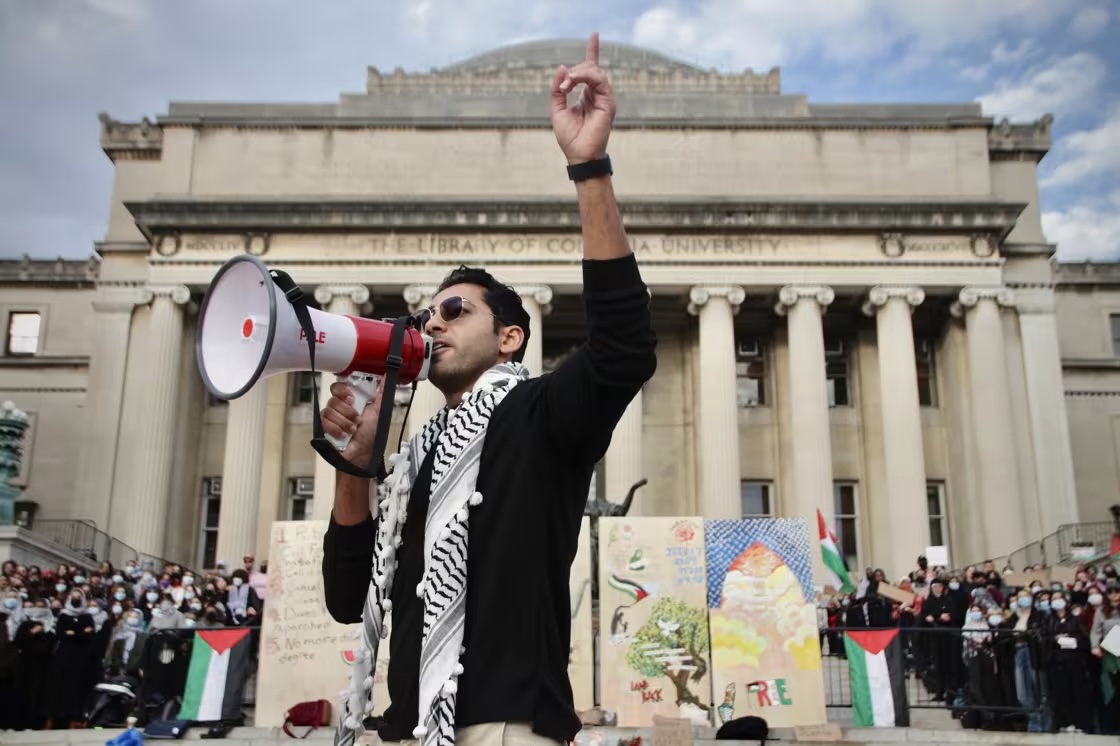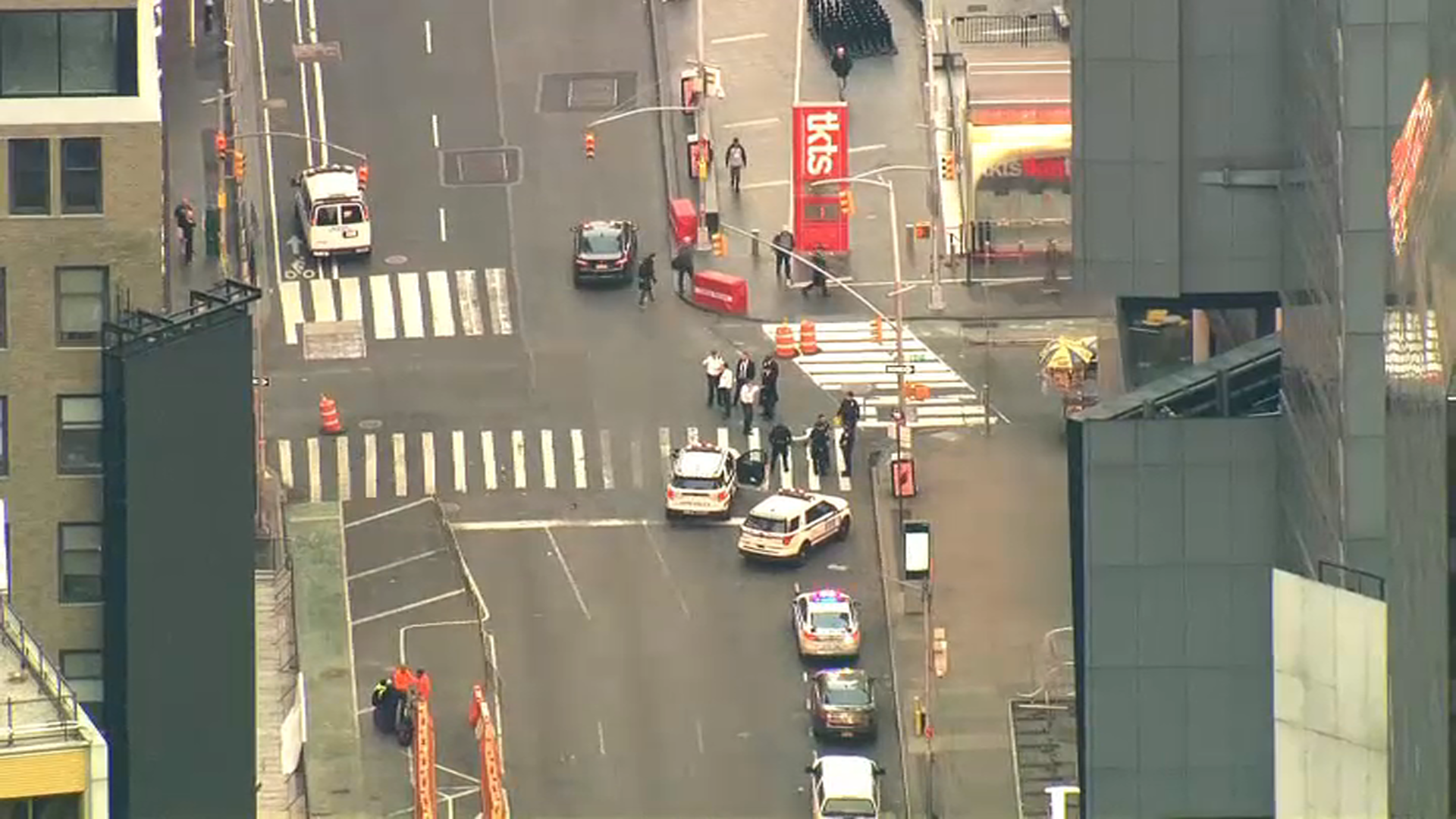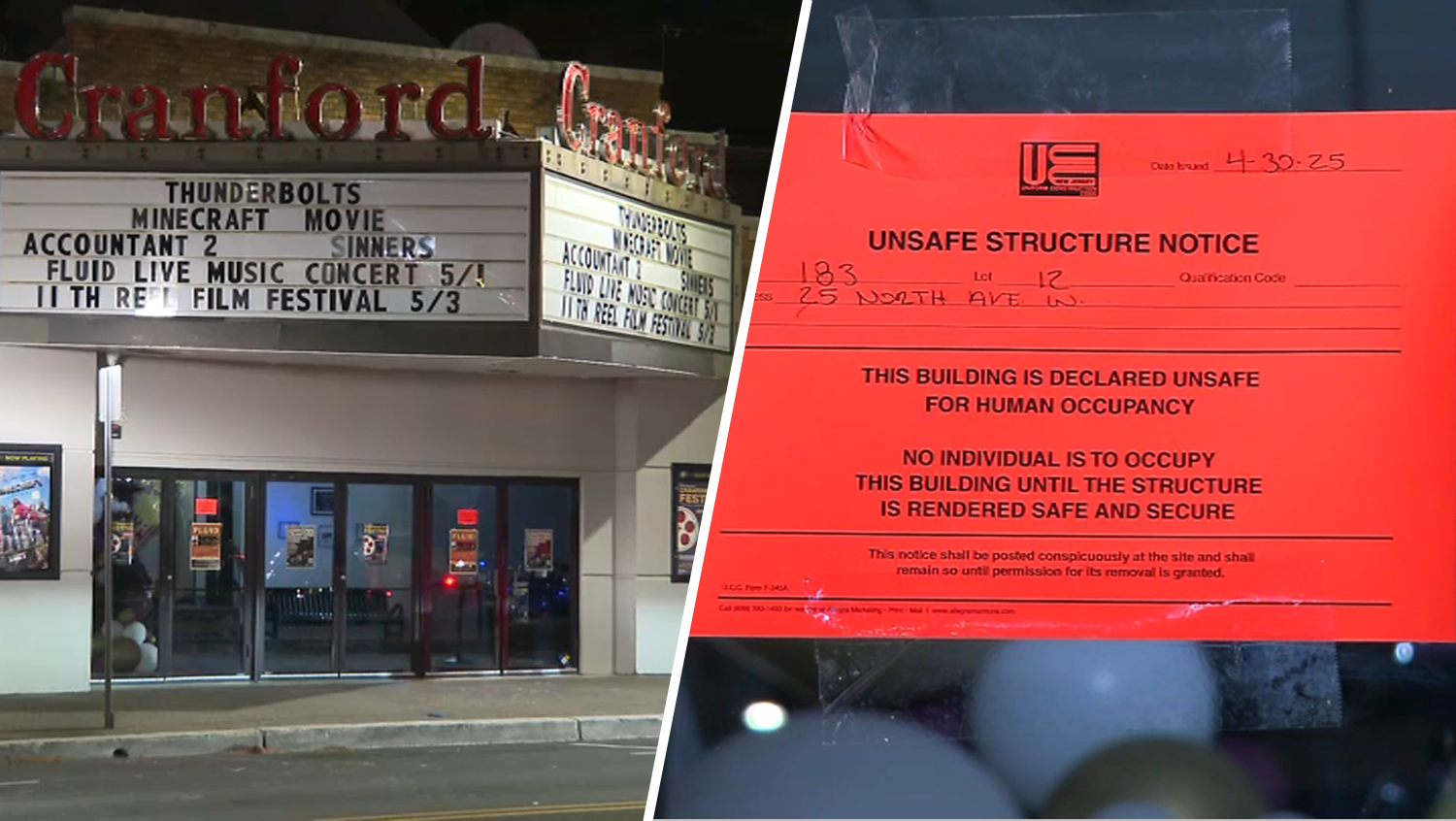World Pride DC Pulled: LGBTQ+ Safety Concerns Rise
World Pride DC Events Pulled: Safety Concerns Rise
Introduction: A Celebration Interrupted
What happens when a celebration of unity and diversity is threatened? This is precisely what's occurring as organizers of World Pride DC are making the difficult decision to relocate a week's worth of events away from the Kennedy Center. The reason? Growing concerns about the safety and well-being of the LGBTQ+ community. It's a move that speaks volumes about the current climate and the challenges faced when trying to create inclusive spaces.
Tapestry of Pride Canceled: A Deeper Dive
What Was The Tapestry of Pride?
The Tapestry of Pride at the Kennedy Center was envisioned as a vibrant celebration of diversity and unity, a chance for the LGBTQ+ community and allies to come together. It was supposed to be a cornerstone of World Pride DC, offering a platform for artists, activists, and community members to share their stories and experiences.
Why Was It Canceled?
The cancellation wasn't a snap decision. Organizers from Capital Pride Alliance, responsible for the event, confirmed that The Tapestry of Pride was officially off the Kennedy Center's schedule. The Associated Press was the first to report that events scheduled from June 5 to June 8 were quietly being canceled or moved to other venues. This raises a crucial question: what led to this drastic measure?
The Trump Administration's Influence
Kennedy Center Board Shakeup
Last month, a wave of protests swept toward the Kennedy Center. The source of the unrest? President Donald Trump’s perceived "hostile takeover" of the institution. In February, he removed and replaced members of the Kennedy Center Board of Trustees. His rationale was to usher in a "golden age of American arts and culture," free from "drag shows or anti-American propaganda."
The Impact on LGBTQ+ Events
This shift in leadership and policy at the Kennedy Center created a ripple effect, casting a shadow of uncertainty over LGBTQ+ events. How can organizers ensure the safety and inclusivity of their celebrations when the very institution hosting them appears to be shifting away from those values? It’s like trying to build a house on shaky ground.
The Priority: LGBTQ+ Community Safety
Putting People First
Ultimately, the decision to relocate World Pride DC events was rooted in a commitment to prioritize the safety of the LGBTQ+ community. Can you blame them? Organizers felt they had no choice but to find alternative venues where attendees could feel secure and welcome. Imagine planning a party, only to realize the venue might not be safe for all your guests. You'd move the party, right?
Creating Safe Spaces
Finding safe spaces is crucial for marginalized communities. It’s more than just a physical location; it's about creating an environment where individuals can express themselves authentically without fear of discrimination or violence. The relocation of World Pride DC events underscores the importance of protecting these spaces.
World Pride DC Continues: The Show Must Go On
Finding New Venues
While the events at the Kennedy Center may be canceled, World Pride DC is not. Organizers are working tirelessly to find new venues that align with the event's core values of inclusivity and safety. This is a testament to their resilience and dedication to the LGBTQ+ community.
A Symbol of Resilience
The relocation of events is, in a way, a powerful statement. It demonstrates that the LGBTQ+ community will not be silenced or intimidated. It’s like a flower pushing through concrete – a symbol of hope and determination.
Broader Implications for LGBTQ+ Rights
A Warning Sign?
This situation raises concerns about the broader implications for LGBTQ+ rights. Is this an isolated incident, or is it a sign of a larger trend of marginalization? It's a question that deserves serious consideration. We must actively fight against discrimination and ensure that LGBTQ+ individuals are treated with dignity and respect.
The Importance of Advocacy
Now more than ever, advocacy is essential. We must continue to support organizations and initiatives that champion LGBTQ+ rights. This includes lobbying for legislation, raising awareness through education, and amplifying the voices of LGBTQ+ individuals.
The Role of Allies
Standing in Solidarity
Allies play a crucial role in supporting the LGBTQ+ community. It’s not enough to simply be tolerant; we must be active allies who stand in solidarity against discrimination and injustice. This means speaking out against prejudice, challenging stereotypes, and creating inclusive environments in our workplaces, schools, and communities.
Educating Yourself and Others
Education is key. Take the time to learn about LGBTQ+ issues and experiences. The more we understand, the better equipped we are to be effective allies. Share what you learn with others and encourage them to do the same. Together, we can create a more informed and compassionate society.
Moving Forward: A Call to Action
Supporting LGBTQ+ Organizations
There are many incredible organizations dedicated to supporting the LGBTQ+ community. Consider making a donation, volunteering your time, or simply spreading the word about their work. Every little bit helps. It's about investing in a future where everyone feels safe, valued, and respected.
Promoting Inclusivity in Your Community
Look for opportunities to promote inclusivity in your own community. This could involve organizing events, advocating for inclusive policies, or simply creating a welcoming environment for LGBTQ+ individuals. Let’s build bridges instead of walls.
The Kennedy Center's Response (If Any)
Has the Kennedy Center issued a statement regarding the relocation of World Pride DC events? What steps are they taking to address concerns about the safety and inclusivity of their institution? The community deserves transparency and accountability. It's about building trust and fostering open communication.
Alternative Venues: A Silver Lining?
Exploring New Possibilities
While the relocation of events may be disappointing, it also presents an opportunity to explore new and potentially even more welcoming venues. Maybe this is a chance to shine a spotlight on smaller, grassroots organizations that are deeply rooted in the LGBTQ+ community. It's like discovering a hidden gem.
A Chance for Greater Visibility
Perhaps these alternative venues will provide a platform for greater visibility and engagement. It's a chance to create spaces that are specifically designed to celebrate LGBTQ+ culture and identity. Think of it as building a home from the ground up, tailored to the unique needs of the community.
The Power of Community in Times of Adversity
Coming Together
In times of adversity, the LGBTQ+ community has always found strength in unity. This is a time to come together, support one another, and reaffirm our commitment to equality and justice. It’s like a tapestry woven with threads of resilience, love, and determination.
Never Give Up Hope
Despite the challenges, we must never give up hope. We must continue to fight for a world where everyone is free to be themselves, without fear of discrimination or violence. The fight for equality is a marathon, not a sprint, but we will keep running until we reach the finish line.
Conclusion: Resilience and Hope
The relocation of World Pride DC events from the Kennedy Center is a stark reminder of the challenges still faced by the LGBTQ+ community. While disappointing, it also underscores the resilience and determination of organizers and allies who are committed to creating safe and inclusive spaces. By prioritizing safety, advocating for LGBTQ+ rights, and standing in solidarity, we can build a brighter future for all.
Frequently Asked Questions
- Why were World Pride DC events moved from the Kennedy Center? The events were moved due to concerns about the safety and inclusivity of the LGBTQ+ community following changes in the Kennedy Center's leadership and policies.
- What was "The Tapestry of Pride" supposed to be? It was planned as a central part of World Pride DC, celebrating diversity and unity through artistic performances and community engagement.
- Where will the World Pride DC events be held now? Organizers are actively working to find alternative venues that better align with the values of inclusivity and safety. Specific locations will be announced soon.
- How can I support the LGBTQ+ community in response to this situation? You can support LGBTQ+ organizations through donations or volunteering, advocate for inclusive policies, and actively promote inclusivity in your own community.
- What does this relocation say about the current state of LGBTQ+ rights? It highlights the ongoing challenges and the need for continued vigilance in protecting LGBTQ+ rights and ensuring safe and welcoming spaces for the community.

